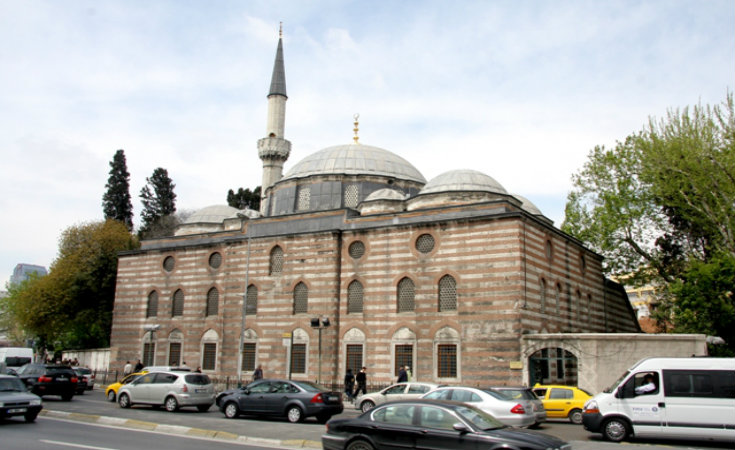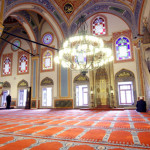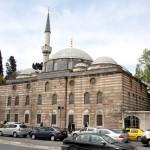Sinan Paşa Camiisi (Sinan Pasa Mosque)
The Sinan Paşa mosque - located where Babaros Bulvarı meets Beşiktaş Caddesi, across from the Barbaros Hayrettin Paşa Tomb - was built by Sinan Paşa, the chief admiral of the Ottoman fleet, between the years 1550-53. The mosque was finished two years after Sinan Paşa’s death in 1555.

Loading ...
Address
Sinan Paşa Mah., Beşiktaş
Visiting Hours
Daily, except prayer times.
Muslims pray five times each day. The precise timing of prayers often vary by a few minutes each day, therefore throughout a year there is a wide range of prayer times. The reason is that Islamic prayer times were traditionally set according to the movement of the sun.
Actually Islamic prayers are fixed at the same "time" period each day -- before dawn, noon, afternoon, sunset, and evening. Because of the rotation of the earth, the latitudes of the earth’s locations, daylight savings time, etc. -- the "times" (according to the clock) for these prayers change depending on time of day and location.
The Sinan Paşa mosque – located where Babaros Bulvarı meets Beşiktaş Caddesi, across from the Barbaros Hayrettin Paşa Tomb – was built by Sinan Paşa, the chief admiral of the Ottoman fleet, between the years 1550-53. The mosque was finished two years after Sinan Paşa’s death in 1555.
The mosque is designed in the shape of a rectangle and its plan was drawn up by the architect Sinan. The mosque has undergone numerous repairs since the time of its construction. At one point the mosque’s sultan’s pavillion (Turkish: hünkar mahfili) was knocked down. Alterations have also been made to the pool and şadırvan. The marble-work and column heads are some of the best examples of 16th century Ottoman craftsmanship. The mosque, with all of its history, is still open to worshipers today.
Mosque is a place of worship for Muslims. It comes from the Arabic word 'masjid' which literally means "a place for prostration". Mosques are also places where Muslims come together for different purposes such as education, social gatherings, public meetings, exhibitions, lectures etc. Although there is no specific requirement for mosques in terms of their architecture, one can see some common features inside and outside of many mosques such as minarets, domes, ablution areas, prayer niche (mihrab), pulpit (minbar) and so on.
Muslims are obliged to perform the ritual worship 5 times a day. They are not required to attend a mosque for each of these prayers however in order to interact with the community they are encouraged to pray in congregation. Friday noon is the only time in a week when Muslims must definitely join the congregational prayer in a mosque after which they can continue their work, education or other commitments.
Azan or the call for prayer is a vocal announcement that one can hear from minarets 5 times a day. The call to prayer is made live -even early in the morning- by a person called 'muazzin'. The muazzins are usually chosen from people with loud and beautiful voices and trained over years to make this announcement beautifully and invite people to worship.


























